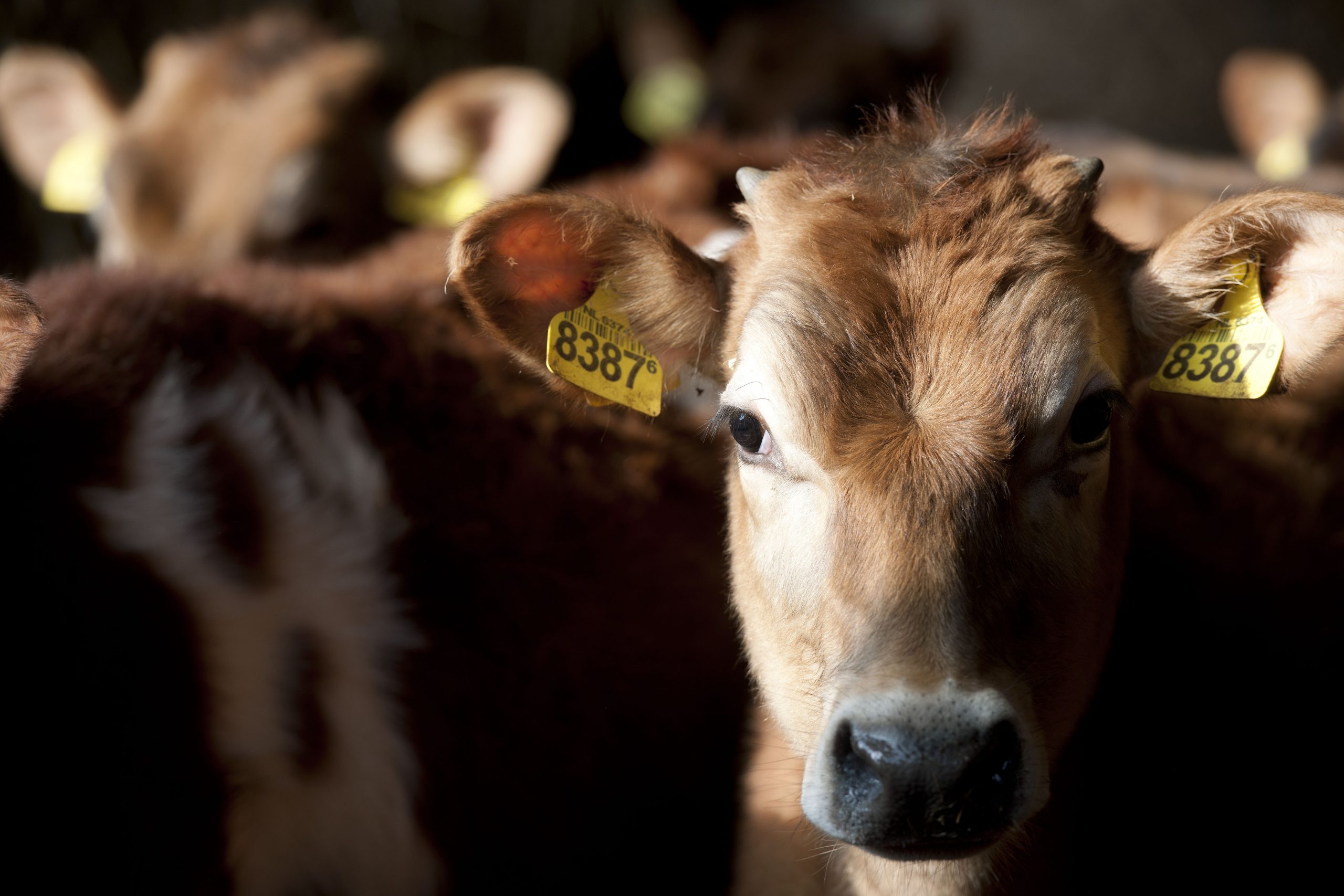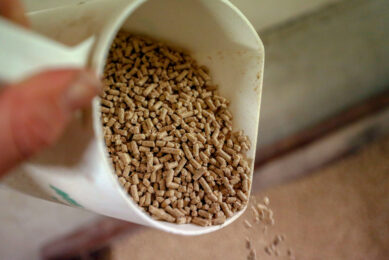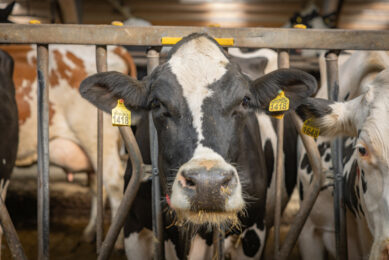Rumen acidosis: Is it still a black box?

A number of experts recently met up in France to discuss the solutions and nutritional approaches to improve rumen health and to prevent acidosis. But do we agree on what acidosis really is?
The event, organised by Lallemand Animal Nutrition in Clermond-Ferrand, France, focused on the issues around rumen health and how management and nutritional strategies can help in overcoming rumen associated disorders such as acidosis. Especially the sub-acute form, the so-called sub-acute ruminal acidosis (SARA), also known as chronic or sub-clinical acidosis, is a well-recognised digestive disorder that is an increasing health problem in most dairy herds.
Results from field studies indicate a high prevalence of SARA in high-producing dairy herds as producers respond to the demands for increased milk production with higher grain, lower fibre diets that maximise energy intake during early lactation. SARA is a disorder of ruminal fermentation that is characterised by extended periods of depressed ruminal pH below 5.5-5.6. Ruminal fluid pH is a measure of the acidity or alkalinity of ruminal contents. A lower pH means higher acidity. For optimum ruminal fermentation and fibre digestion, ruminal pH should lie between 6.0 and 6.4, although, even in healthy cows, ruminal pH will fluctuate below this level for short periods during the day (source: Ministry of Agriculture, Ontario). At the same time, although acidosis is recognised by nutritionists and farmers as one of the main metabolic disorders for dairy and beef cattle with many consequences on their health and performance, not to mention the huge economic impact, it is still poorly understood.
Short-chain fatty acids
One of the keynote speakers was Gregory Penner, associate professor, College of Agriculture and Bioresources, University of Saskatchewan, USA. He explained the potential impacts arising from ruminal acidosis and focused on associated outcomes that happen with excessive fermentation such as the impact of the production of short-chain fatty acids (SCFA). Feeding rapidly fermentable diets, as a strategy to meet nutrient demands for beef and dairy cattle, can result in a fast rate and high extent of fermentation. This leads to yielding large quantities of SFCA and supports rapid microbial growth. Although SFCA are a good thing from a nutritional standpoint, if the rate of SCFA production is bigger than the SFCA removal from the rumen, ruminal pH will decrease. This in turn can lead to acidosis. Mr Penner: “While a consensus for the duration of time and magnitude of the depression for pH has not been achieved, sustained reductions (for example a ph lower than 5.6 for more than three hours per day) are used to define that cows experience ruminal acidosis.
It is important to note that ruminal acidosis involves more than low ruminal pH, as increased ruminal fluid osmolatiliy, changes in the microbial community structure and increased concentration of microbial associated molecular patters (MAMPS) have been reported.
Unique ruminal responses
Helen Golder, research director at Scibus in Camden (NSW), Australia updated the audience on how rumen acidosis can be prevented through nutrition. She addressed that developing control strategies to maintain optimal rumen function and prevent disorders such as acidosis may be challenging as individual cattle appear to have unique ruminal responses to changes in diet.

This can be due to several reasons, that are largely based on the type of substrate fed and feeding strategy, but also genetic variation. Ms Golder mentioned that different risks have been identified for starch and sugar based dietary challenges to rumen stability. It is evident that dietary sugars should be controlled and not all sugars, grains or starches have the same effect on the rumen. Ms Golder notes that trials showed that microbial protein is a significant sink for hydrogen in the rumen and that energy spilling, i.e. an inability of bacteria to reproduce, hence producing more volatile fatty acids, may be an important part of the pathogeneisis of acidosis. At the same time, Ms Golder also mentioned that there is a lot of confusion and controversy about the definitions of when a cow is experiencing acidosis. One thing is clear, feeding behaviour is directly linked with rumen health and associated disorders.
Alternatives to antibiotics
Ms Golder also touched on the use of feed additives to improve rumen health. Antibiotics can modify the rumen and control acidosis. However, the use of antibiotics as a preventive measure (in feed) is banned in the European Union and soon other regions of the world as well. Feed additives can work, although no single feed additive will be capable of controlling disorders such as ruminal acidosis in all cattle. Alternatives to antimicrobials include buffers and neutralising agents, yeasts, direct-fed microbials and enzymes.
Ongoing research subject
Acidosis is a multi-factorial trouble which originates at the rumen level but which has many consequences on the total gastrointestinal tract homeostasis, on host physiology and behaviour. Through nutrition, a lot of problems can be prevented. However, sub-clinical acidosis remains a problem to detect. At the same time, the definition of acidosis is subject to discussion, as many experts around the world have a different view on it. This is why ruminant researchers will continue to focus on this important disease.











